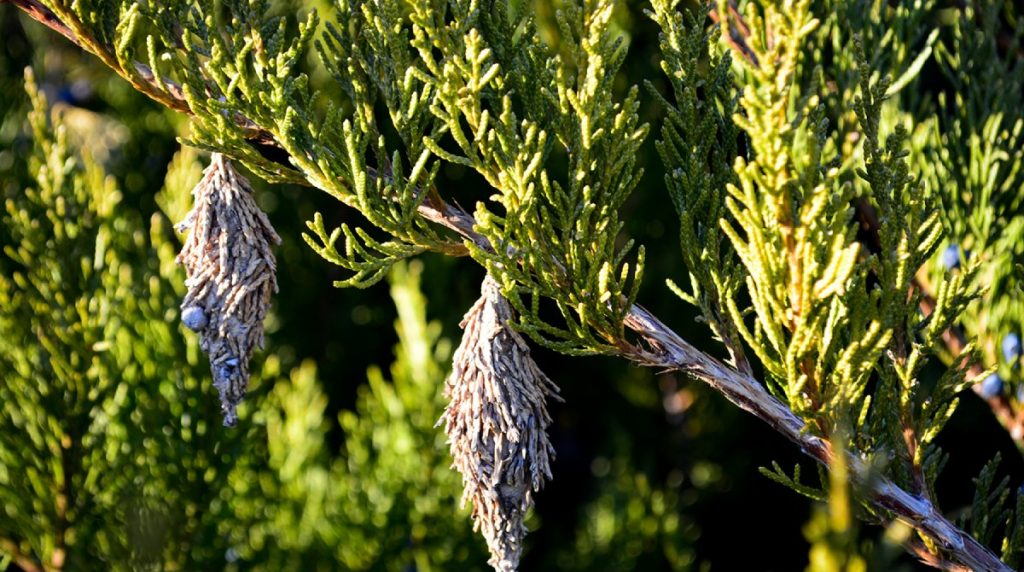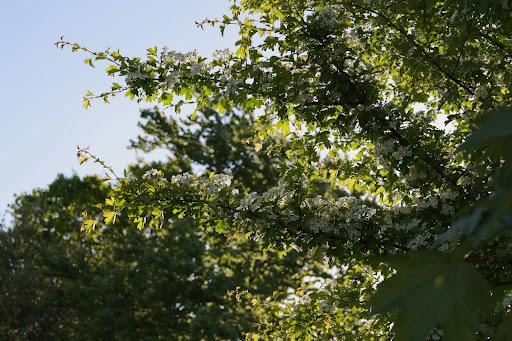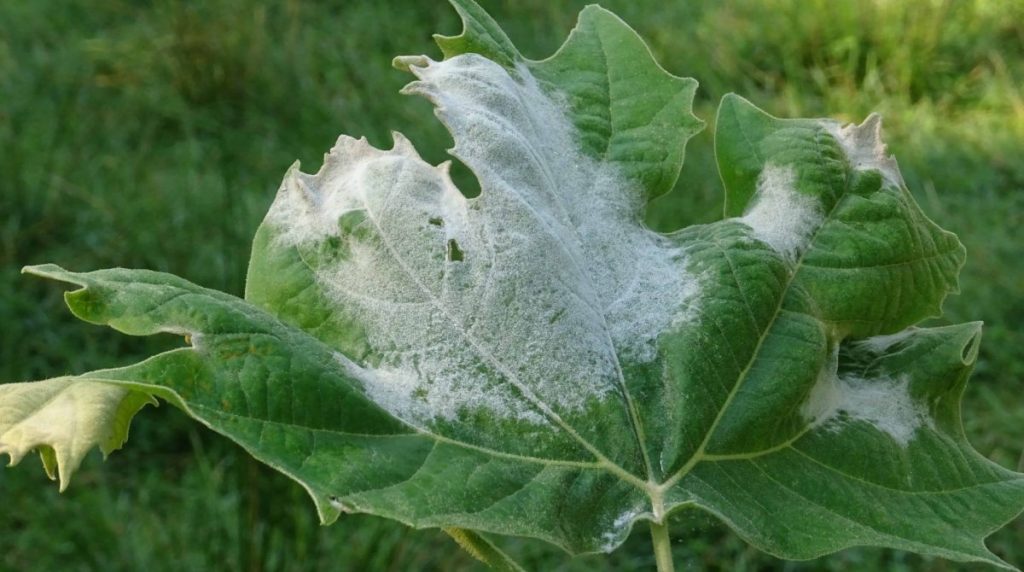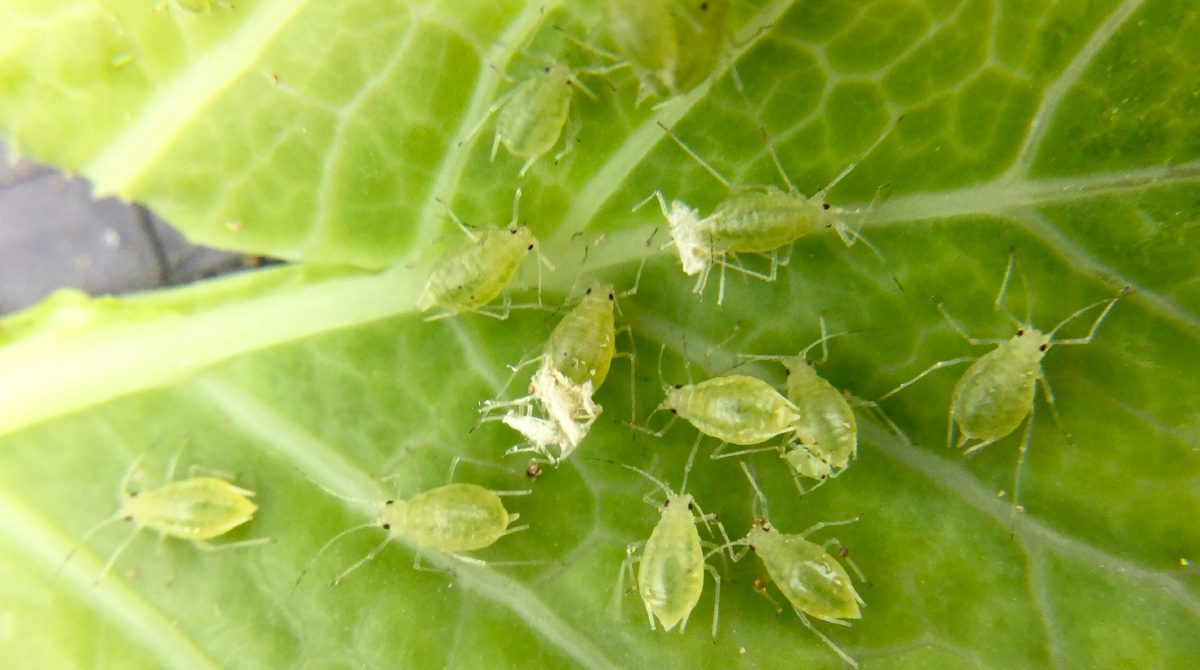
Date September 06, 2022
Category
When is the best time to plant a tree in North Texas? Whether it’s in the spring or fall is a topic of contention amongst gardeners, homeowners, and plant enthusiasts. While both seasons have benefits, planting trees during fall offers distinct advantages in Dallas/Fort Worth. In this blog post, we’ll uncover why you should consider planting trees this time of year and offer tree-planting tips to ensure you’re setting your trees up for success. Read on to learn more!
TreeNewal’s ISA Certified Arborists understand the local environment, soil conditions, and proper planting techniques. We can provide expert advice on which trees you should plant and how to take care of them. Contact us today at (817) 592-6846.
Best Times to Plant Trees in Dallas
Spring and fall are the best times to plant trees in general because it allows a tree’s root system to fully develop and withstand stressors that come with the following seasons, such as intense heat, drought, or frost. Soil temperatures during these seasons are also optimal for root development and growth.
Fall Tree Planting
Plant roots benefit from warmer soil and generally thrive in soil temperatures 40 degrees or higher. Fall planting follows the heat of summer before a cool winter. During the winter, root systems have a chance to develop and become fully established. When spring arrives, the tree has a robust root system to support and take advantage of the surge in new growth.
Unlike other regions, North Texas experiences mild fall weather without the threat of severe frost and extreme cold. Therefore, Dallas residents can enjoy cooler weather and take it as an opportunity to improve their landscape!
Tree Planting Tips
Regardless of the season, not every tree can be planted and expected to thrive. Before tree planting, there are certain considerations to keep in mind so that your tree lives up to its full potential rather than becoming a burden.
- Tree growth requirements – understand the plant’s needs before investing. What kind of soil do you have? Does the tree need more sun or shade? Is it resistant to heat, drought, or frost? Does it need to be in a wet or dry location? Is the amount of care required too much for you to manage?
- Plan before you plant – planning the location and type of tree will save time and money. It will also allow you to enjoy the full benefits of your tree without causing problems down the line. A critical step in planning is to consider the mature tree’s size. People often underestimate the size when a tree is young and do not account for how expansive its root system can be, which may eventually impact safety and damage property.
- Purpose – all trees should serve a purpose. Do you need them to provide shade, privacy, or aesthetic value?
Generally, it’s always good to plant trees native to Texas to ensure they are well-suited and can adapt to the environment. Trees that will benefit from fall planting include:
• Balled and burlap trees – trees packaged and ready for transplant from a nursery.
• Live oak
• Red oak
• Chinkapin oak
• Cedar elm
• Texas mountain laurel
• Desert willow
Tree Planting Guide
Depending on the tree type you choose, planting location, soil condition, or other factors, the method of tree planting may differ. However, the basic steps for planting or transplanting a new tree are as follows:
- Dig a hole large enough to accommodate six inches of space on all sides of the root ball but shallow enough so that the roots rest on a solid soil foundation.
- Allow for settling and improved soil drainage by planting the tree slightly above the soil level.
- Handle the tree by the root ball, not the trunk.
- Fill the hole with native soil that was removed, then firmly pack the area surrounding the newly planted tree.
- Watering is essential to planting and transplanting. Water thoroughly to settle the soil around the tree and eliminate air pockets. A thorough watering every 7 to 10 days significantly increases your success ratio. While overwatering can cause root rot, underwatering is the most common cause of failure.
Lastly, apply a fresh layer of mulch around the base of your new tree. This helps conserve moisture in the soil and keeps weeds at bay.
For more information on which trees you should plant and how to care for them, contact a TreeNewal ISA Certified Arborist at (817) 592-6846 and enjoy tailored tree care advice.
Tree Planting Season
Fall in Texas is a great time to consider planting. Many native trees can take advantage of the mild fall weather, and if you’re thinking about planting a tree, this is a great opportunity. However, not every tree benefits from being planted during this season. Proper education and planning are needed to ensure your tree’s longevity and success. While the debate over which season is better for planting remains ongoing, planting native trees during this time of year can allow them to grow strong and establish themselves before a new spring.
TreeNewal
TreeNewal is a full-service sustainable tree care company that offers tree care services, including tree nutrition, trimming and pruning, tree removal, soil condition, and more. Our ISA Certified Arborists can help you determine which trees are best suited to your landscape and offer industry-leading plant health services necessary to maintain your landscape’s overall health and beauty. If you need advice or assistance with your trees, contact us today.
To learn more about When is the Best Time for Dallas Tree Planting?, call our Argyle and Southlake-based teams
at (817) 592-6846 or send us a message.
We’re a little different than the average tree services company.
Learn more about TreeNewal’s ISA Certified Arborists!
Our Dallas/Fort Worth-based tree doctors can explain how sustainable tree care services add more value to your bottom line.
Healthy trees, healthy lives.








